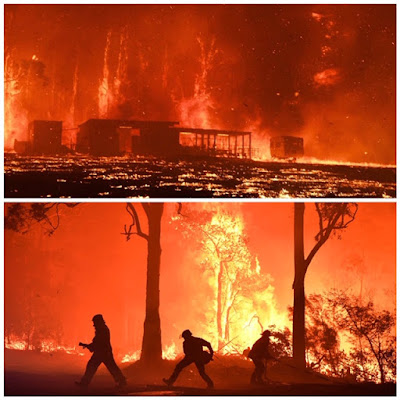
The Shoalhaven begins just south of Gerroa and extends almost to Batemans Bay in the south a distance of some 100 km (62 miles) as the crow flies. Road distances are a lot more due to terrain which on the coast consists of long beaches, lakes, bays and inlets . The regional name was given to the area by explorer George Bass in 1797 when he described the sandy shoals at the mouth of the river of the same name. White settlement of the area began in 1822 when Alexander Berry was granted land on the river.

In heavy rain, the engines were stopped and everybody arrived on deck. The crew battled to free the lifeboats which had become stuck. Rescue rockets were fired but failed to attract attention. The Captain believed the vessel was in no immediate danger and sent the passengers back to the lounge, still with their lifejackets on. There they spent the remainder of the night drinking coffee and eating sandwiches.
Captain O'Connor walked across Beecroft Peninsula to the lighthouse at Point Perpendicular. He then telephoned the Illawarra and South Coast Steam Navigation Company in Sydney to advise them of the grounding. Marine assessors arrived at the wreck site on 28 March and concluded that there was a remote chance of refloating the Merimbula. A salvage vessel was chartered for the operation, however, the Merimbula began to sink on the following day and the attempt was cancelled. The remains eventually slid completely into the sea, only the bow section remaining up on the rocks."

Even when we grow up, we still look at Old Man Banksia cones a little warily.

There were also a few Mountain Devils, Lambertia formosa, named after the woody fruit they bear (see foreground of picture below) in flower

On our way back we came across a stand of grass trees (Xanthorrhoea sp.), some of which were in flower and showing off their spectacular spikes.




























